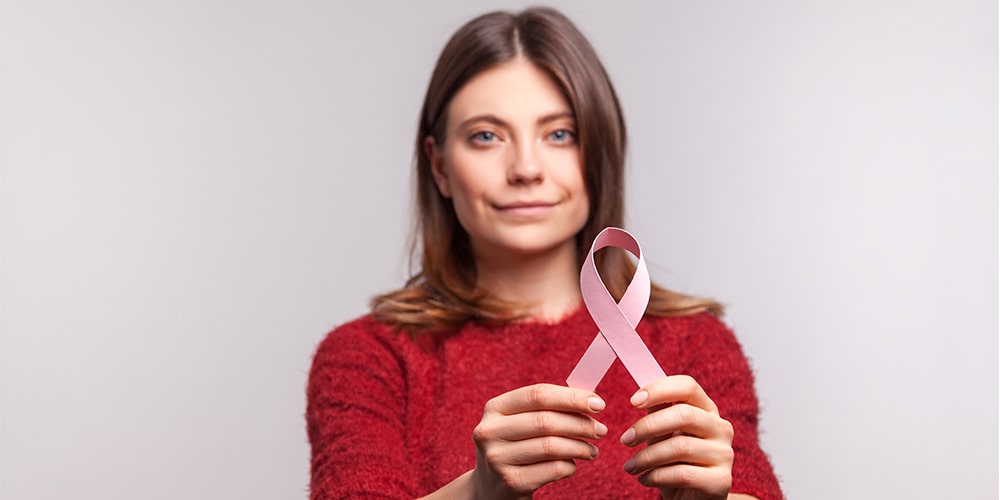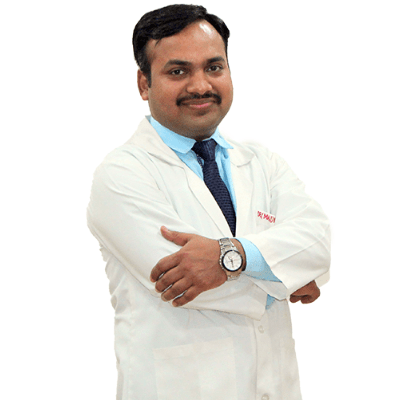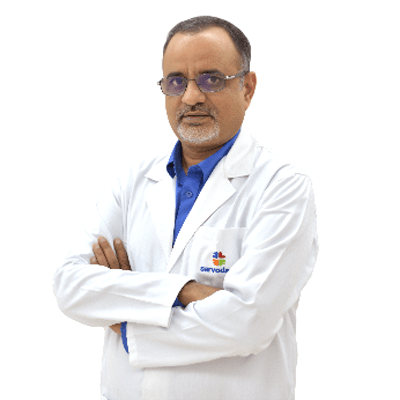
What is cancer?
Cancer is the uncontrolled growth of abnormal cells in the body. Cancer develops when the body’s normal control mechanism stops working. Old cells do not die and instead grow out of control, forming new, abnormal cells. These extra cells may form a mass of tissue, called a tumor. Some cancers, such as leukemia, do not form tumors.
What are the most common forms of cancer?
Cancer may occur anywhere in the body. In women, breast cancer is one of the most common. In men, it’s prostate cancer. Lung cancer and colorectal cancer affect both men and women in high numbers.
There are five main categories of cancer:
- Carcinomas begin in the skin or tissues that line the internal organs.
- Sarcomas develop in the bone, cartilage, fat, muscle or other connective tissues.
- Leukemia begins in the blood and bone marrow.
- Lymphomas start in the immune system.
- Central nervous system cancers develop in the brain and spinal cord
What are the causes of cancer?
Many factors can cause the development of cancer in the body. Some of these factors, such as heredity (family members who have the disease) cannot be avoided. Others, such as lifestyle, can be controlled.
For instance, the use of tobacco is one of the main causes of cancer, especially lung cancer. Tobacco use, whether in the form of smoking, chewing, or exposure to second-hand smoke (smoking by others), can also cause cancer of the mouth and larynx, esophagus, throat, and many other parts of the body.
Other primary causes of cancer include:
- Diet/nutrition: The proper diet is always important, but a poor diet might also increase your risk of cancer. For instance, eating large amounts of high-fat foods can contribute to cancer of the colon and prostate. Exercise is also key. Excess weight might be a contributing factor for various types of cancer, including breast, uterus, ovary, prostate and colon.
- Environment: Cancer can develop if the person is exposed over a period of time to various chemicals in the environment, including pesticides, asbestos and radon.
- Exposure to radiation: Too much exposure to the sun (ultraviolet radiation) can cause skin cancer. In addition, over-exposure to X-rays or to radiation therapy (as part of cancer treatment) might be a risk factor for cancer.
- Hormone therapy: Women who are going through menopause might receive a prescription for hormone replacement therapy, either estrogen alone or in combination with progesterone. The use of both of these hormones together has been shown to increase the risk of breast cancer. A woman who still has her uterus and is taking estrogen alone (without progesterone) has a greater risk of endometrial cancer.
What are the symptoms of cancer?
The most prominent symptoms of cancer include the following:
- A sore that doesn’t heal.
- A wart or mole that changes.
- An unusual lump anywhere in the body.
- A persistent cough/hoarseness.
- Indigestion or problems swallowing.
- Changes in bowel movement or urination habits.
- Unusual weight loss.
- Unusual bleeding or discharge from various parts of the body.
Please note that these symptoms do not mean that you definitely have cancer. However, if any of these symptoms appear, you should see your doctor right away.
How is cancer diagnosed?
If your doctor thinks you might have cancer, he or she will examine you and might order certain tests, including:
- Blood and urine tests.
- Imaging tests that allow the doctor to see the inside your body to see if cancer is present (Imaging tests include X-rays, computed tomography (CT) scans, magnetic resonance imaging (MRI), radionuclide scanning and ultrasonography.)
- Biopsy, a procedure in which the doctor takes a small sample of the tumor and analyzes it under a microscope.
What are the treatments for cancer?
In order to treat your cancer, your doctor needs to know the location of the tumor, the stage (whether it has spread) and whether you are strong enough to handle the treatment.
Cancer treatment can take the following forms:
- Chemotherapy: This treatment uses powerful drugs that destroy the cancer cells. Chemotherapy is delivered orally (pills) or through an intravenous (IV) line.
- Radiation : This is a treatment that kills cancerous cells with radiation (high-energy rays). Radiation therapy can either be internal (placed within the body) or external (delivered by a machine outside the body). Note: In some cases, radiation therapy and chemotherapy are given to a patient at the same time.
- Surgery: A surgeon removes the tumor, along with the surrounding area (in some cases).
- Hormone therapy: Hormones (substances produced by the glands to regulate organ functions) might be given to the patient to block other hormones that might cause cancer. For example, men with prostate cancer might be given hormones to keep testosterone (which contributes to prostate cancer) at bay.
- Biological response modifier therapy: Biological response modifier therapy uses natural or artificial (created in a laboratory) materials to rebuild the body’s natural defenses against disease. Biological therapy includes immunotherapy, gene therapy, vaccines, monoclonal antibody therapy and some targeted therapies. (Monoclonal antibodies are created in a laboratory to work like natural antibodies, which are produced by the body’s immune system to fight disease.)
- Immunotherapy: A type of biological therapy that uses substances that work on the immune system to help the body fight cancer, infection, and other diseases. Some types of immunotherapy only target certain cells of the immune system. Others affect the immune system in a general way. Types of immunotherapy include cytokines, vaccines, bacillus Calmette-Guerin (BCG) and some monoclonal antibodies.
- Stem cell transplantation: Stem cells (immature cells from which all blood cells develop) are removed from the patient’s circulating blood or bone marrow and then returned after chemotherapy treatment.
What are the side effects of cancer treatments?
- Chemotherapy: Side effects include hair loss, fatigue, nausea, vomiting.
- Radiation: Side effects include fatigue, hair loss, and skin problems (darkening, dryness, itchiness).
- Surgery: Pain and weakness are possible side effects of surgery.
- Hormone therapy: This therapy can result in fatigue, water retention (bloating), hot flashes, impotence and blood clots.
- Biological response modifier therapy/immunotherapy: These therapies can cause symptoms that resemble the flu (fever, chills, muscle ache, etc.), skin rash, swelling and increased tendency to bruise or bleed.
- Stem cell transplantation: Side effects include nausea, vomiting, flu-like symptoms and greater risk of infection.
What happens after my cancer treatment ends?
After cancer treatment ends, all cancer survivors should have follow-up care. Follow-up care for cancer means seeing a healthcare provider for regular medical checkups once you’re finished with treatment. These checkups may include bloodwork, as well as other tests and procedures that look for any changes in your health, or any problems that may occur due to your cancer treatment.
These visits are also a time to check for physical and emotional problems that may develop months or years after treatment ends. Your follow-up care plan, along with a summary of your cancer treatment, is part of what is called a survivorship care plan. This plan will have all the information for you and your doctor to discuss to ensure that you get regular and thorough care after your treatment ends. Please note that it’s important that you continue to receive your routine care from your primary care provider in addition to follow-up cancer care.
Once your treatment ends, you should receive a follow-up cancer care plan from your oncologist or someone on your treatment team. A follow-up care plan is a set of recommendations for your cancer care after treatment ends. Many cancer organizations recommend the use of such a document.
For follow-up cancer care, you may see the same doctor who treated you for cancer, or you may see another healthcare provider, such as one who specializes in follow-up care for cancer survivors. Or you may decide to go to your primary care doctor. You can discuss which doctor(s) to see with your healthcare team.
Follow-up care for childhood cancer survivors is very similar to the steps for adults.
Make an appointment
Our Doctors
-
Dr. Sujoy Kr. Bhattacharjee
Joint Replacement -
Dr. (Maj.) Mukesh Garg
Orthopaedics & Arthroscopy -
Dr. Kamal Verma
Neuro Sciences


